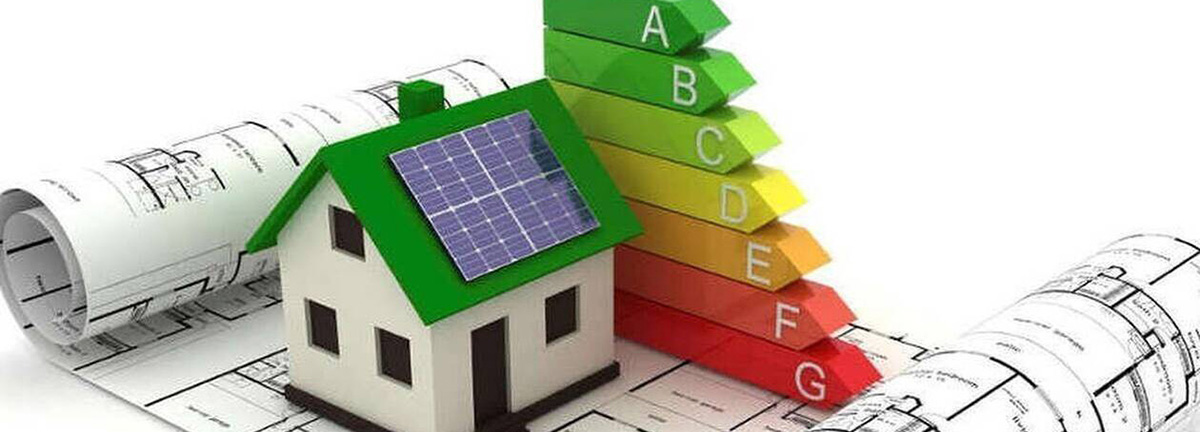The need for renovation of the building sector in Greece is undeniable, as it achieves at the same time significant percentages of energy savings, cost savings for citizens, improvement of daily living and comfort conditions and the safety and health of citizens when using these buildings.
As far as households are concerned, the National Plan for Energy and Climate (ESEK) envisages the renovation of at least 600,000 residences by 2030.
Achieving this goal contributes significantly to the radical upgrade of the country's aging building stock, while giving a boost to the construction sector, which has declined over the past decade. With the 3 EXOIKONOMO programs of the programming periods 2007-2013, 2014–2020, energy interventions were implemented in more than 140,000 houses / buildings. The new program "EXOIKONOMO 2021" adapts to the new conditions formed by the country's climate data and the directives of the European Union, while following the requirements of the times: citizens' needs, climate change, digitization, new technologies, etc.
The program, following the basic principles of energy saving, subsidizes the installation of smart home management systems (smart home), which contribute in this direction. The new "EXOIKONOMO 2021" is part of the flagship projects subsidized by the Fund for Recovery and Sustainability, improving the energy class of households, achieving primary energy savings of over 30% for each beneficiary / residential building, through energy upgrades by at least 3 categories. The total investment financed by the resources of the Recovery and Sustainability Fund for the years 2020, 2021, 2022 will contribute to energy savings of at least 213 ktoe per year and energy renovation of at least 105,000 homes by 2025. The investment includes separate incentives for the support of poor and vulnerable households in the form of an increased percentage of grants and a separate budget of 100 million Euros.
Contributing, therefore, to the implementation of ESEK, the new Exoikonomo 2021 is implemented by adapting and improving the existing financial model, aiming to maximize the benefits for citizens by increasing the number of citizens who can participate in the program, simplifying the certification of interventions and market activation by mobilizing private capital to finance the required interventions. Thus, the new program will offer high financial and operational benefits to Greek households while meeting their energy needs.












